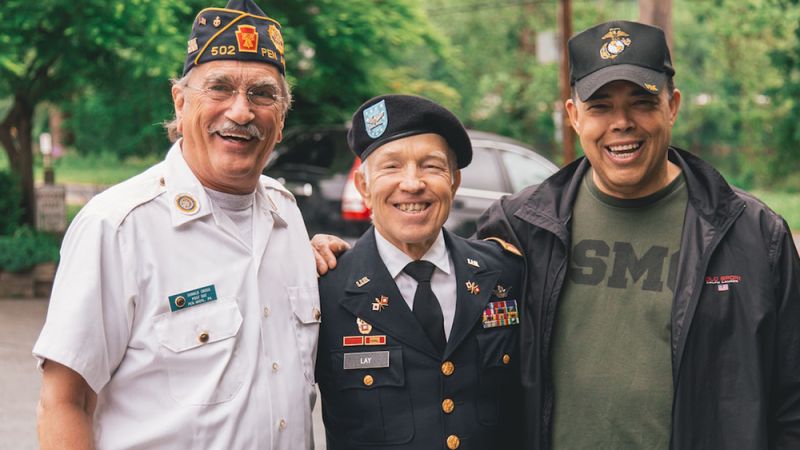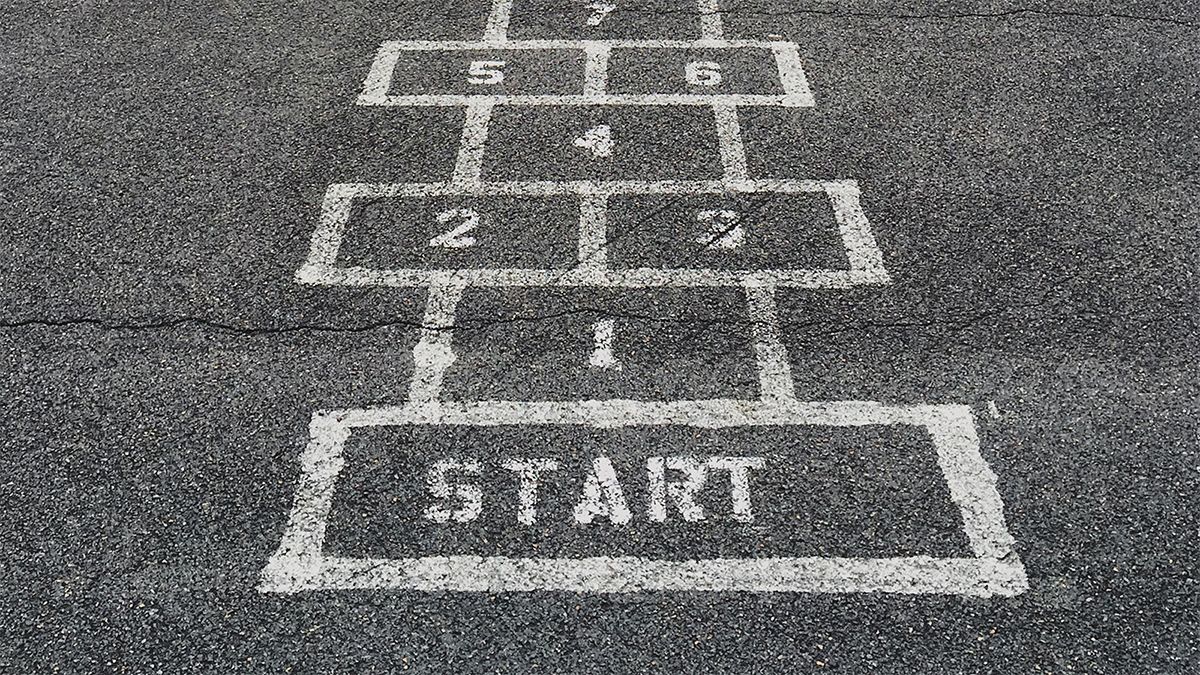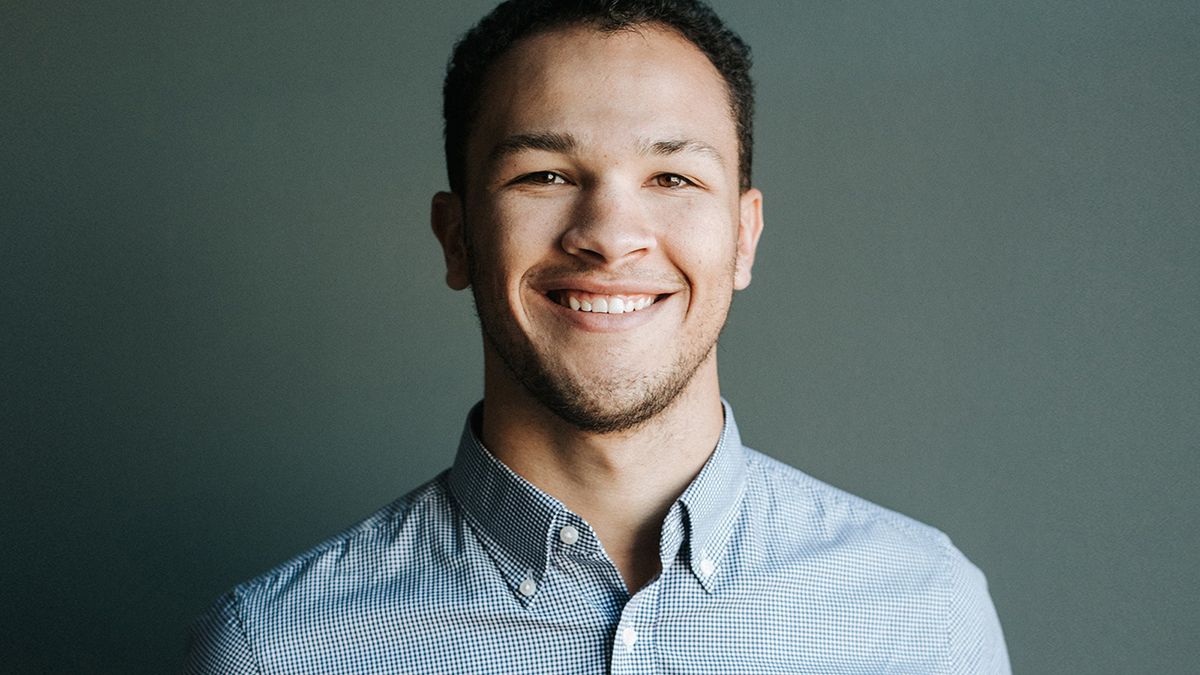How the COVID-19 Era is Affecting Veterans
The COVID-19 outbreak has significantly altered the world we live in, but as the outbreak continues, we are faced with the reality of the virus and its consequences affecting certain populations disproportionately. The blog will highlight how the coronavirus has affected veterans.
1. Economic Hardships
Many veterans were facing poverty, homelessness, and other economic issues before the pandemic, but the recent circumstances have significantly heightened these issues, as it has with the rest of the population. According to a study done by the Bob Woodruff Foundation, roughly 14% of veterans work in 5 industries that experienced immediate layoffs due to the economic distress produced by the virus. On top of that, before COVID-19, over one-third of post-9/11 veterans report challenges paying their bills after leaving the military; and 59 percent of veterans 35 to 44 years old had credit card debt compared with 48 percent of nonveteran households. The added economic hardships the pandemic brought, on top of the veterans already struggling with the financial crisis, could result in homelessness, and a rise in the number of veterans living at or below the poverty level. In 2019 it was found that over 37,000 veterans were facing homelessness on a single night. Additionally, prior to the pandemic, 1.4 million veterans were at risk of homelessness due to poverty and lack of support. The pandemic could only have raised those numbers but we are unsure of how yet. Practicing social distancing, getting protective supplies, and other prevention practices are extremely challenging for veterans who are homeless, putting them at even higher risk of contracting COVID-19.
We know all most businesses have been impacted in some ways by the economic distress caused by COVID-19. Roughly 9% of all American firms are owned by veterans. In a study performed by Syracuse University, 39% of these veteran-owned businesses have closed during the COVID-19 pandemic, and 17% are unsure if they will be able to stay afloat to open again.
2. Poor Conditions for Mental Health Issues
Many Americans have struggled with the negative consequences of the pandemic including stress about finances, losing their jobs, isolation, fear of contracting the virus, and stress about the uncertainty of the world. These factors can have a significant negative effect on people already suffering from mental health disorders. Before the pandemic, it had been found that 30% of veterans who served in Iraq and Afghanistan have mental health issues needing medical treatment. However, only half of those veterans were getting the help they need. At the start of quarantine, all non-emergency medical appointments and surgeries were postponed, canceled, or moved digitally. With the median veteran age being over 60, many veterans do not have the resources to meet with their doctors digitally. The veterans not already seeking medical attention for their mental illness have very limited resources as they are being bombarded with the possibly debilitating reality of the pandemic. Prior to the COVID-19 outbreak, on average, 20 veterans were committing suicide daily. With all the added stressors of this new era and the already heightened risk of suicide, veterans are at extremely high risk. Calls to the VA Crisis Hotline are up 12% since the start of quarantine, and we do not yet know the effects on suicide rates. Additionally, veterans struggling with substance abuse are now forced into isolation. It is often much harder to practice sobriety when you’re alone with no distractions or in some cases no one holding them accountable.
At R3 Design Studio, we recognize and want to support veterans during an unprecedented time, which is affecting them at higher rates than other populations. We are offering veterans a 20% discount off of our services until the end of 2020 so we can help them grow their business or keep afloat during the economic distress of the pandemic.












